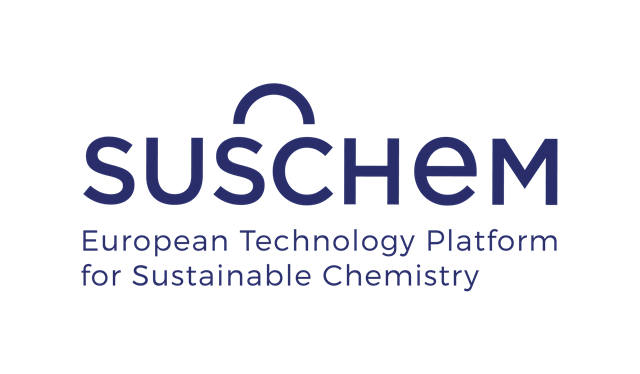But for manufacturing 3D printing innovation could lead to a disruptive change in the way we make things. It could be the key to true mass-customisation as well as truly sustainable manufacturing.
And Cefic - SusChem will be demonstrating the potential for 3-D printing at its booth in the exhibition space at the 6th European Innovation Summit on 17 – 19 November 2014 at the European Parliament.
What is 3D printing?
3D printing (aka Additive Manufacturing) is based on making a three-dimensional object from an electronic data set through an additive process of adding layers of material in successive steps under computer control.
Additive manufacturing is a key technology for fostering European innovation and manufacturing industry – effectively reducing the gap between innovation and manufacturing.
The first 3D printers were developed 30 years ago, but the area experienced rapid growth from 1990 when plastic extrusion technology was commercialized using fused deposition modeling and thermoplastics with high melting point for rapid prototyping and small series production. 3D-printing allowed production of products in small quantities at relatively low cost.
3D printing has a vast array of applications from use in the medical and dental industries and in biotechnology (human tissue replacement), architecture, industrial design, and the aerospace and automotive industries. Consumer applications now include fashion and jewelry products. The global market for materials and services for 3-D printing (not including the printers themselves) is predicted to grow to US$ 10.8 billion by 2018.
Future 3D printing applications will require improved quality in, for example, the surface finish of components. This means that the range of available materials suited for additive manufacturing needs to be extended to cover a full portfolio of consumer products.


No comments:
Post a Comment
Please post your comment here. Please note that this newsblog is not moderated.
Note: only a member of this blog may post a comment.